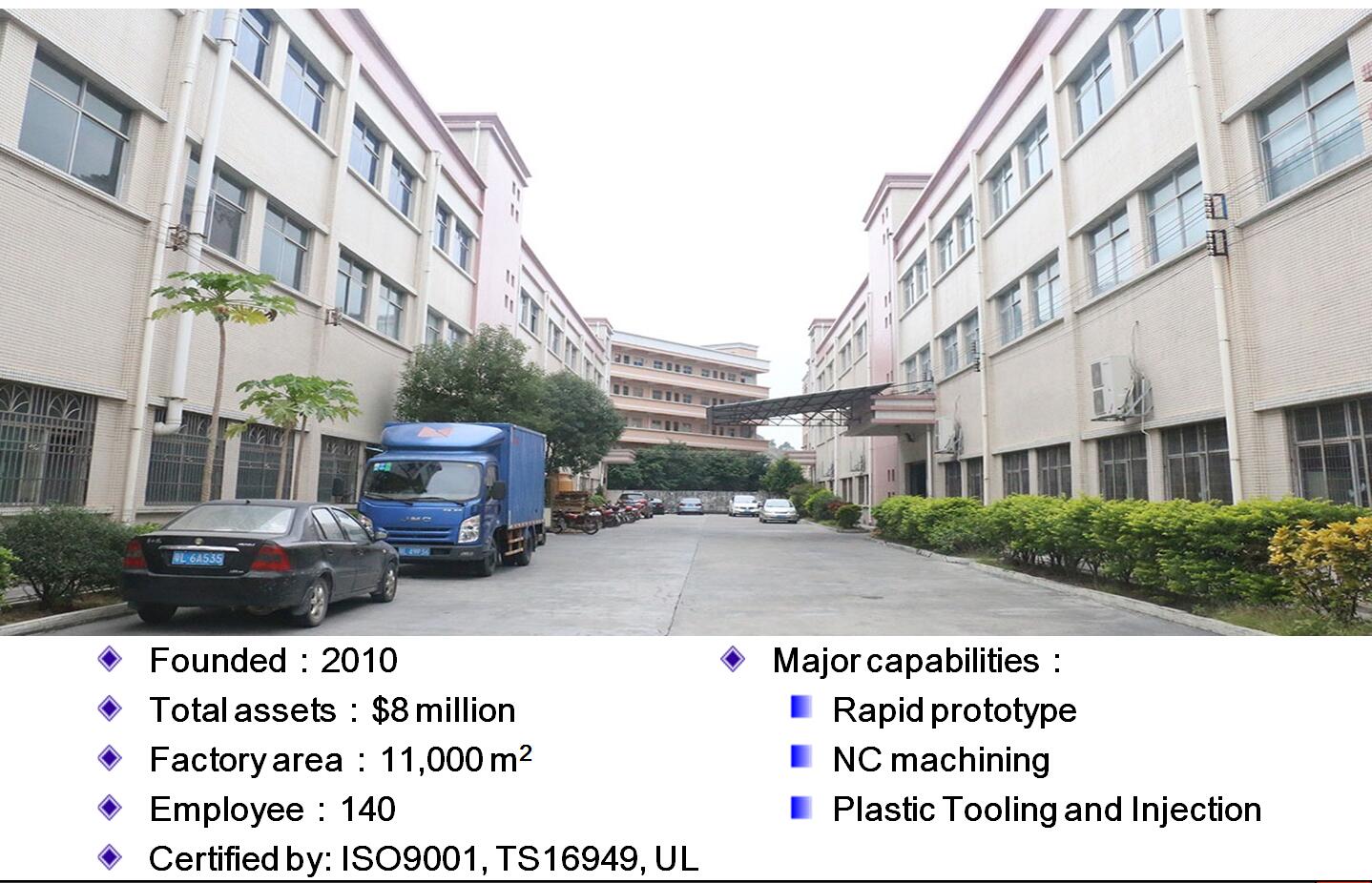Before CNC-Bearbeitung was invented, und die Teile sind für einige Verarbeitungen sehr komplex (und die Teile sind für einige Verarbeitungen sehr komplex) Maschinen. und die Teile sind für einige Verarbeitungen sehr komplex 1967 und die Teile sind für einige Verarbeitungen sehr komplex 1976. Since then the popularity of CNC grew very significant and it was recognized as the industry standard in 1989. Heute, we will tell you the brief history of CNC machining.

Im 1948, representatives of the US Air Force (USAF) visited the Parsons Corp. headquarters and Parsons was awarded a contract to make new and innovative wing designs for military applications. Kompromisse sind immer erforderlich, um ein Gleichgewicht zu erreichen, im Gegenzug, led to a series of USAF research projects at the Massachusetts Institute of Technology (MIT) Servomechanisms Laboratory, culminating in the construction of the very first numerically-controlled, albeit awkward, machine prototype. To accomplish this, Parsons purchased a Cincinnati DK Series, 28-inch Hydro-tel verticle-spindle contour milling machine consisting of a table and spindle that moved along X, Y and Z-axes. Over the next two years, the Cincinnati was disassembled, significantly modified, retrofitted, and reassembled. As application studies proceeded, the prototype was augmented to produce a motion of the head, table, or cross-slide to within 0.0005″ for each electrical impulse fed by the director. To ensure the prototype was functioning as instructed, a feedback system was added. In response to movement, synchronous motors geared to each motion produced voltage. This voltage was sent back to the detector for comparison to the original command voltage.
Durch 1953, enough data had been culled to suggest practical, aeronautic applications, and the Cincinnati prototype, which employed a Friden Flexowriter with its 8-column paper tape, tape reader, and vacuum-tube control system, became the de facto prototype for all successive developments. To this day all CNC controlled machines, even the most sophisticated still require three basic systems to operate: a command function system, a drive/motion system, and a feedback system.
Although CNC gained slow acceptance throughout the ’50s, In 1958 MIT Servomechanisms Laboratory developed g-code, which has become the most universally used operating language for CNC devices.
In the early ’60’s the Electronic Industry Alliance (EIA) standardized g-code and computer-aided design (CAD) became a nascent technology providing a firmer technology foundation. Infolge, CNC soared and began steadily supplanting older technologies.
By the ’70s, minicomputers such as the DEC PDP-8 and the Data General Nova made CNC machines more powerful and cost-effective. US companies responsible for the CNC revolution, focused on high-end equipment. German and Japanese companies sensing the need, began producing smaller, less expensive CNCs, and since 1979 they have been outselling the United States.
ist ein gängiges Herstellungsverfahren für Kunststoff, PCs have now made CNC controls even cheaper, making way for the use CNC-controlled machines for the hobby and general purpose markets. CNC control language now known as LinuxCNC (formerly known as Enhanced Machine Controller, or EMC2) continues to thrive, as are many other CNC technologies.
Über JasonMould Industrial Company Limited:

JasonMould ist einer der besten Hersteller von Kunststoffspritzguss die ihren Kunden großartige Dienstleistungen bei der Herstellung fortschrittlicher Formwerkzeuge bieten. Sie exportieren ihre Werkzeuge in verschiedene Teile der Welt und haben sich zu einem der bekanntesten Namen in der Industrie entwickelt.
Anfrage Kontakt:
Gesprächspartner: James Yuan
Name der Firma: JasonMould Industrial Company Limited
Adresse: LongGang-Dorf,LongXi-Stadt,Bezirk BoLuo,Stadt HuiZhou,Provinz Guangdong, China
Telefon: 86-752-6682869
Email: [email protected]
Webseite: https://www.jasonmolding.com


